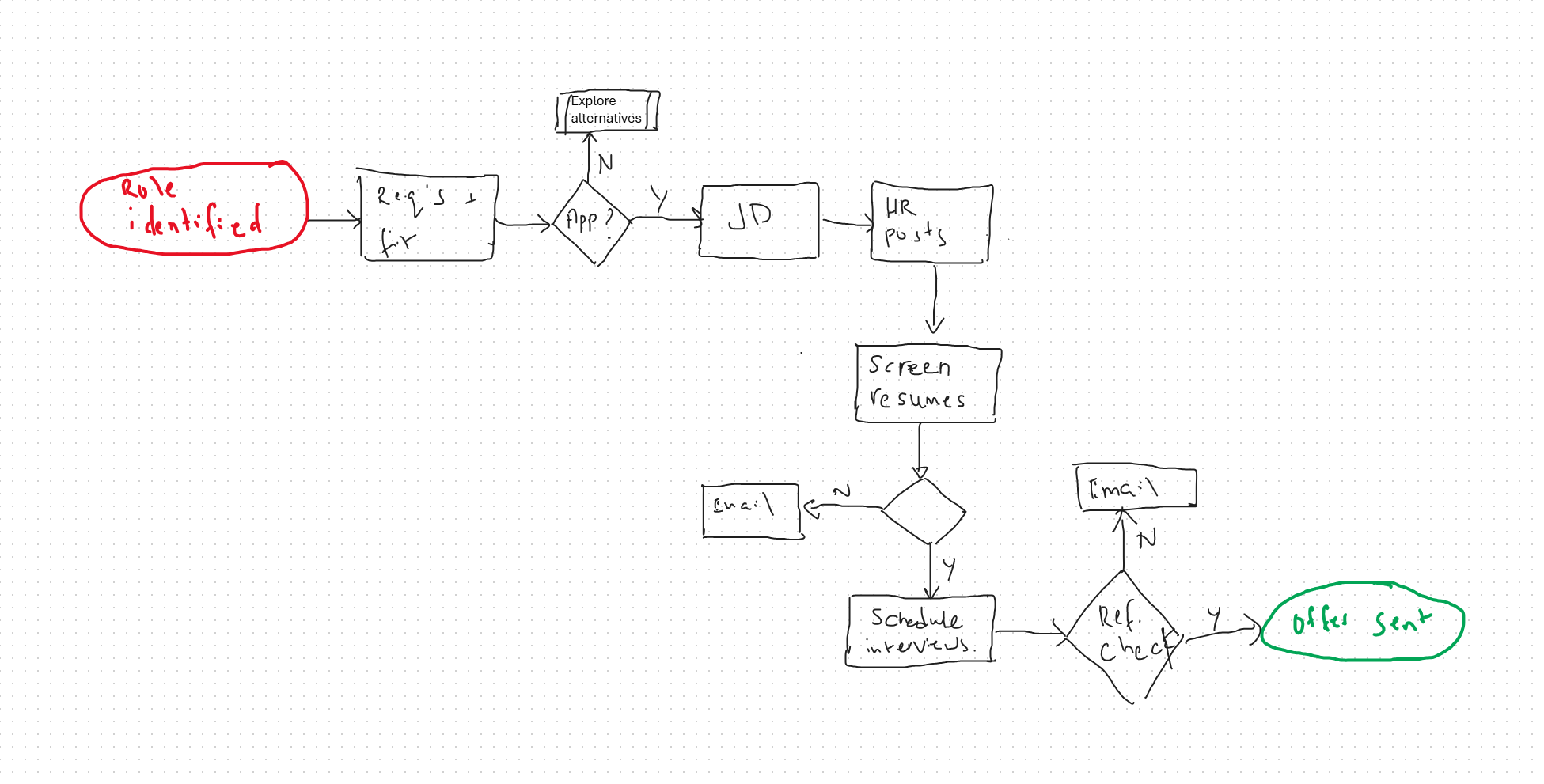Escaping the Busy Trap: Thoughts on "Slow Productivity"
When you're catching up with someone you haven't seen in a while, how often do you resort to "things are good, been busy"?
I say it all the time. And not because it isn’t true. I am “busy'“ all day with back-to-back meetings and tasks. Busy has become the default state of being in our world.
If someone were to tell me they're not busy...that would stop me in my tracks. I'd be genuinely curious how they've managed to escape the norm.
That's why Cal Newport's book "Slow Productivity" appealed to me immediately. The concept of slowing down to get more done seems paradoxical and counter-cultural.
The Busy Work Illusion
Working less doesn't mean "hardly working." It means recognizing the difference between real work and what Newport calls "pseudo-productivity."
Newport makes the point that we've adopted "busy work" (rapidly replying to emails, attending countless meetings) as a signal for productivity. This mentality is a carryover from the Industrial Revolution, where worker productivity was measured by tangible output.
A central concept in the book is what Newport calls the "hyperactive hive mind" approach to work. It’s a constant state of reactivity where we jump between emails, messages, and meetings without the space for focused attention. This fragmented attention is the enemy of quality knowledge work.
When I worked at large corporations, I witnessed this firsthand. Colleagues would receive hundreds of emails daily and spend hours crafting replies. At the time, it seemed normal. Now I recognize it as corporate performance theater—exercises to keep managers informed, showcase intelligence, or mitigate risks without actually advancing meaningful work.
The Hidden Cost of Constant Activity
Newport makes a compelling point that knowledge work requires extended periods of deep thinking, which doesn't always happen at a desk or in a meeting room.
Just because someone appears busy for 40 hours a week doesn't mean they're producing quality work. In fact, it might indicate the opposite.
As one related article aptly put it:
Knowledge work has a natural rhythm of activity and idleness. Our brains need periods of incubation to be creative (no less of an authority than Einstein attests to this). So if you never see employees slacking, either they are not doing their best work or they are wasting energy play-acting busyness.
Being busy has become a status symbol in today's culture. But what if it's actually a trap? What if all that busy work isn't the work that truly matters?
Breaking Free: Principles for Meaningful Work
To escape the fake-busy trap, Newport outlines three principles for doing work that matters:
Do fewer things: Strive to reduce your obligations to the point where you can easily imagine accomplishing them with time to spare. Leverage this reduced load to more fully embrace and advance the small number of projects that matter most.
Work at a natural pace: Don't rush your most important work. Allow it instead to unfold along a sustainable timeline, with variations in intensity, in settings conducive to brilliance.
Obsess over quality: Focus intensely on the quality of what you produce, even if this means missing short-term opportunities. The exceptional value of your results will ultimately create more freedom in your professional life.
These principles represent a shift from standard productivity systems which measures number of tasks completed.
Newport isn't advocating for another productivity "hack," but rather a reimagining of our relationship with work that prioritizes depth and meaning over volume and speed.
How I'm Implementing Slow Productivity
In my daily life, I've been experimenting with Newport's principles for the past month. Here's what's working for me:
Focus days: I've blocked one or two meeting-free days each week. These have become my most productive days for creative work and deep thinking.
Reduced task switching: Instead of juggling multiple projects simultaneously, I now dedicate longer blocks to single tasks—like writing this blog post or planning my landscaping project.
Realistic timeframes: I've started doubling my time estimates for projects. That blog post I thought would take 2 hours? It actually needs 4-5 hours to be done well.
Embracing constraints: Following Newport's advice, I've become more deliberate and ruthless about planning my days. Instead of ten items on the to-do list for the day, sometimes I narrow it down to two or three. Less is more!
Sustainable rhythms: I've stopped trying to maintain the same intensity every day and instead allow for natural ebbs and flows in my work—some days for deep focus, others for connection and collaboration.
While not all of Newport's suggestions fit my specific situation, his book offers enough varied ideas that anyone can find applicable strategies. The most valuable lesson for me has been recognizing that slowing down isn't about doing less—it's about making space for the work that truly matters.
From Busy to Productive
A month into this experiment with slow productivity, I've noticed I'm less frazzled at the end of each day. I've completed a major project that had been languishing for months. And perhaps most importantly, I'm breaking the habit of wearing "busy" as a badge of honor.
What I appreciate most about Newport's approach is how it reframes productivity entirely. It's not about optimizing every minute. Instead, it's about creating the conditions for work through deliberate choices about where to invest time and energy.
Next time someone asks how I've been, maybe I'll skip the "busy" response and instead share something meaningful I've accomplished by slowing down.



